S100A8
-
Official Full Name
S100 calcium binding protein A8 -
Overview
The protein encoded by this gene is a member of the S100 family of proteins containing 2 EF-hand calcium-binding motifs. S100 proteins are localized in the cytoplasm and/or nucleus of a wide range of cells, and involved in the regulation of a number of cellular processes such as cell cycle progression and differentiation. S100 genes include at least 13 members which are located as a cluster on chromosome 1q21. This protein may function in the inhibition of casein kinase and as a cytokine. Altered expression of this protein is associated with the disease cystic fibrosis. [provided by RefSeq, Jul 2008] -
Synonyms
S100A8;S100 calcium binding protein A8;P8;MIF;NIF;CAGA;CFAG;CGLA;L1Ag;MRP8;CP-10;MA387;60B8AG;protein S100-A8;MRP-8;calgranulin A;calgranulin-A;cystic fibrosis antigen;calprotectin L1L subunit;urinary stone protein band A;leukocyte L1 complex light chain;migration inhibitory factor-related protein 8;S100 calcium-binding protein A8 (calgranulin A)
Recombinant Proteins
- Human
- Mouse
- Rat
- Cattle
- Pig
- Rabbit
- Rhesus macaque
- Dog
- Insect Cells
- Mouse
- E.coli
- Mammalian Cells
- HEK293
- Yeast
- His
- GST
- S
- T7
- Non
- DDK
- Myc
- Flag
- Avi
- Fc
- SUMO
Background
What is S100A8 protein?
S100A8 (S100 calcium binding protein A8) gene is a protein coding gene which situated on the long arm of chromosome 1 at locus 1q21. The protein encoded by this gene is a member of the S100 family of proteins containing 2 EF-hand calcium-binding motifs. S100 proteins are localized in the cytoplasm and/or nucleus of a wide range of cells, and involved in the regulation of a number of cellular processes such as cell cycle progression and differentiation. This protein may function in the inhibition of casein kinase and as a cytokine. The S100A8 protein is consisted of 93 amino acids and its molecular mass is approximately 10.8 kDa.
What is the function of S100A8 protein?
The S100A8 protein is a calcium-binding protein belonging to the S100 family. It has a variety of functions, including regulating cell proliferation, differentiation and apoptosis, participating in inflammatory response and immune regulation, and affecting tumorigenesis and development. Specifically, S100A8 protein can promote the proliferation and migration of fibroblasts, enhance the phagocytosis capacity of macrophages, and inhibit the proliferation and activation of T cells, thus playing an important role in inflammatory response and immune regulation.
S100A8 Related Signaling Pathway
S100A8 protein can bind to receptors, activate signaling pathways such as NF-κB and MAPK, promote the expression and release of inflammatory factors, and thus participate in the occurrence and development of inflammatory response. S100A8 protein can affect the immune response process by regulating the function of immune cells such as T cells, B cells and macrophages. S100A8 protein can participate in the regulation of apoptosis by regulating the permeability of mitochondrial membrane and the activity of caspase family proteins.
S100A8 Related Diseases
In cancer, S100A8 protein is closely related to tumor cell proliferation, metastasis, invasion and other processes, and can be used as tumor markers for diagnosis and treatment monitoring. In inflammatory diseases, such as rheumatoid arthritis and inflammatory bowel disease, the expression level of S100A8 protein is correlated with the severity and prognosis of the disease. In addition, S100A8 protein is also associated with the occurrence and development of cardiovascular diseases such as atherosclerosis and myocardial infarction.
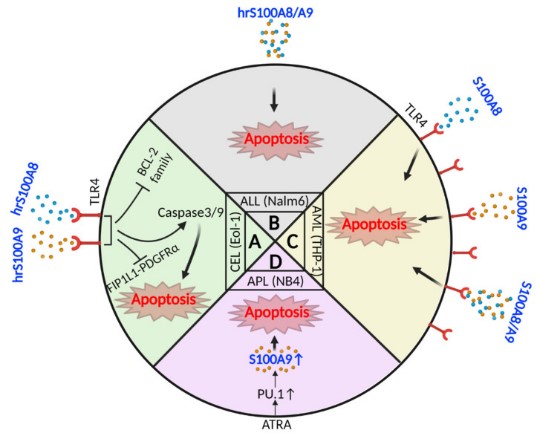
Fig1. Leukemia cell apoptosis by S100A8 and S100A9. (Farnaz Razmkhah, 2023)
Bioapplications of S100A8
S100A8 protein is widely used in clinical research for the diagnosis and treatment of diseases. For example, by detecting the expression level of S100A8 protein in patients, it can help diagnose certain autoimmune diseases; At the same time, using the biological characteristics of S100A8 protein, the development of drugs or therapies targeting this protein is expected to provide new ideas and methods for the treatment of related diseases.
Case Study
Case Study 1: Roseanne Raphael, 2016
Heart failure with ejection fraction (HFpEF) is a syndrome resulting from several co-morbidities in which specific mediators are unknown. The platelet proteome responds to disease processes. The researchers hypothesize that the platelet proteome will change composition in patients with HFpEF and may uncover mediators of the syndrome.
Mass spectrometry identified 6102 proteins with five scans with peptide probabilities of ≥0.85. Of the 6102 proteins, 165 were present only in symptomatic subjects, 78 were only found in outpatient subjects and 157 proteins were unique to the control group. The S100A8 protein was identified consistently in HFpEF samples when compared with controls. They validated the fining that plasma S100A8 levels are increased in subjects with HFpEF (654 ± 391) compared to controls (352 ± 204) in an external cohort (p = 0.002). Recombinant S100A8 had direct effects on the electrophysiological and calcium handling profile in human induced pluripotent stem cell-derived cardiomyocytes.
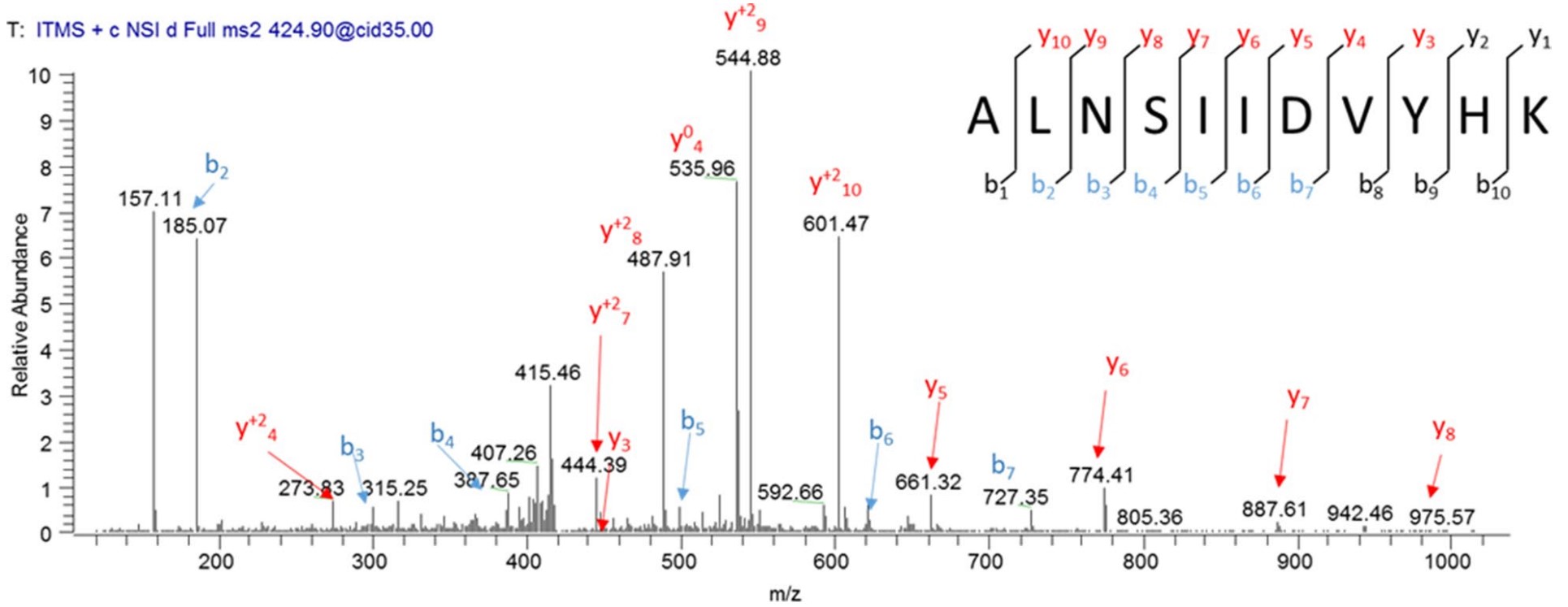
Fig1. Representative MS/MS scan for S100A8 peptide sequence ALNSIIDVYHK.
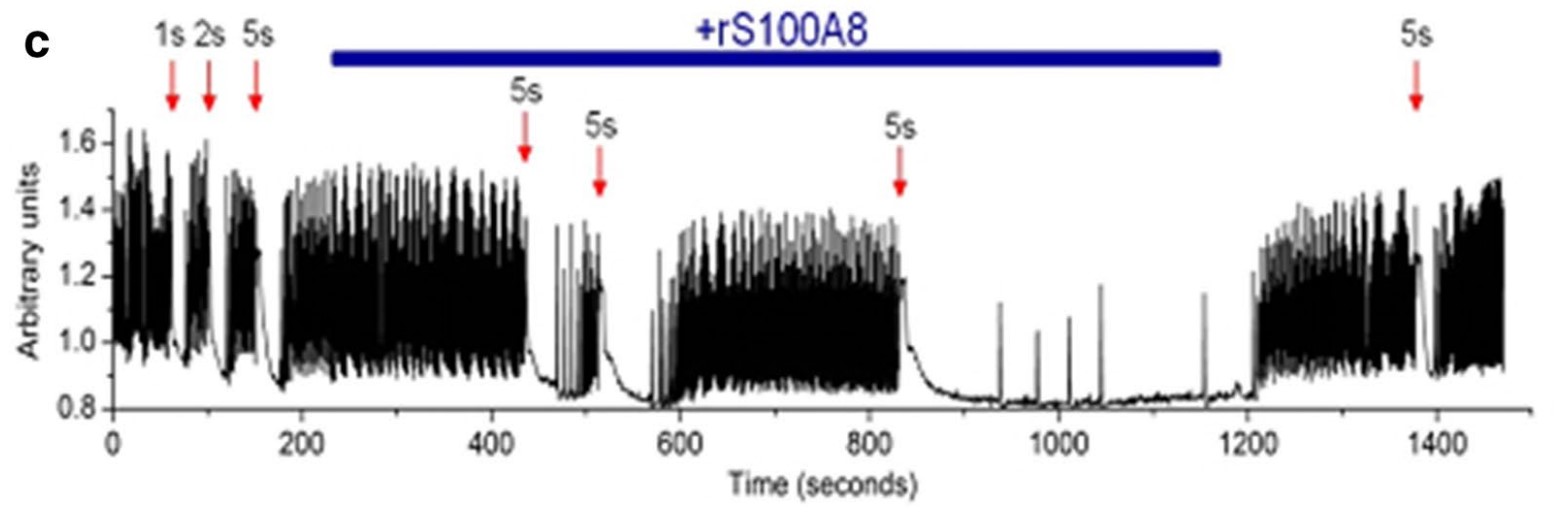
Case Study 2: Andrew P Coveney, 2015
Myeloid-related protein 8 (Mrp8) is the active component of Mrp8/14 protein complex released by phagocytes at the site of infection and stimulates inflammatory responses. However, it is unclear whether Mrp8 could induce self-tolerance and cross-tolerance to bacterial infection. Here the researchers report that Mrp8 triggered TNF-α and IL-6 release via a Toll-like receptor 4 (TLR4)-dependent manner. Pre-stimulation of murine macrophages and human monocytes with Mrp8 induced self-tolerance to Mrp8 re-stimulation and cross-tolerance to lipopolysaccharide (LPS), bacterial lipoprotein (BLP), gram-negative and gram-positive bacterial challenges, with substantially attenuated TNF-α and IL-6 release. Moreover, Mrp8 tolerisation significantly reduced serum TNF-α and IL-6, increased polymorphonuclear neutrophil (PMN) recruitment and accelerated bacterial clearance, thus protecting mice against LPS-induced lethality and cecal ligation and puncture (CLP)-induced polymicrobial sepsis. In addition to TLR4, TLR2 also contributed to Mrp8-induced inflammatory response and tolerance. Down-regulation of phosphorylated p38 by Mrp8 pre-stimulation was predominantly responsible for the intracellular mechanism of Mrp8-induced tolerance.

Fig3. Peritoneal macrophages isolated from C3H/HeN mice were pre-stimulated with increasing doses of mMrp8 for 18 h and re-stimulated with 5 μg/ml mMrp8 for 6 h.
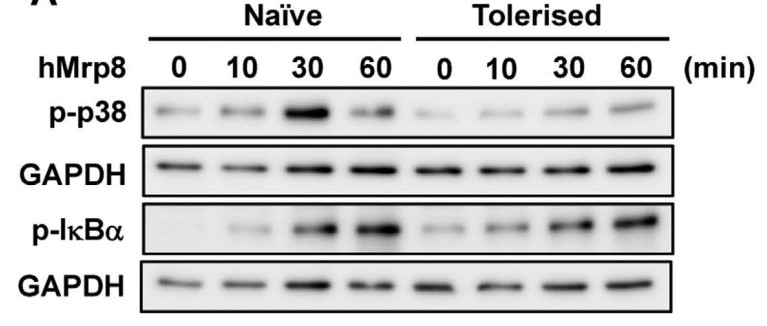
Quality Guarantee
High Purity
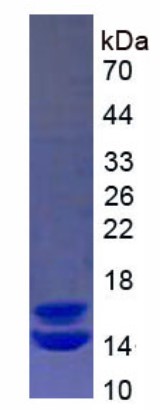
Fig1. SDS-PAGE (S100A8-2710H) (PROTOCOL for western blot)
.
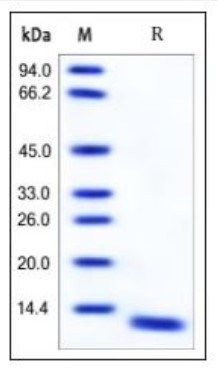
Fig2. SDS-PAGE (S100A8-320H) (PROTOCOL for western blot)
Involved Pathway
S100A8 involved in several pathways and played different roles in them. We selected most pathways S100A8 participated on our site, such as , which may be useful for your reference. Also, other proteins which involved in the same pathway with S100A8 were listed below. Creative BioMart supplied nearly all the proteins listed, you can search them on our site.
| Pathway Name | Pathway Related Protein |
|---|
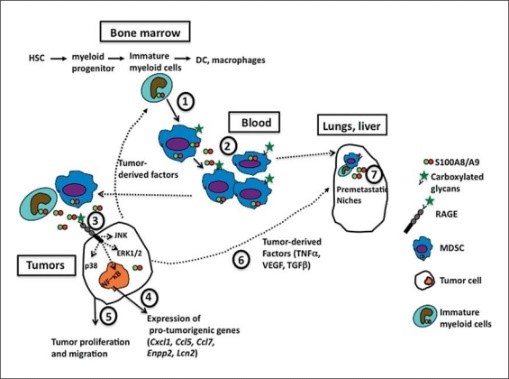
Fig1. S100A8/A9 in tumor progression. (Geetha Srikrishna, 2012)
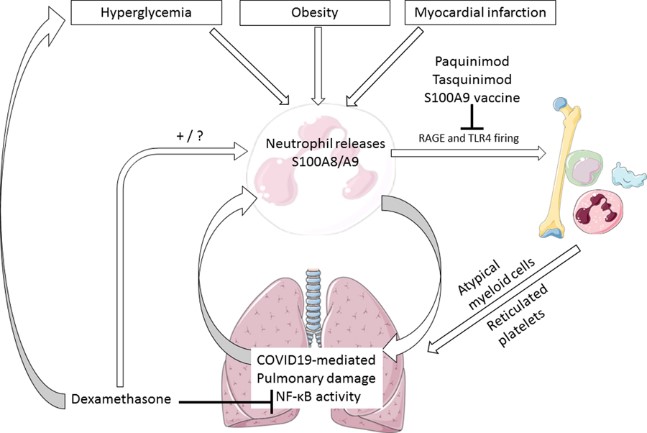
Fig2. Interactions between obesity, hyperglycemia, dexamethasone and S100A8/A9 in COVID19. (Nordin M J Hanssen, 2021)
Protein Function
S100A8 has several biochemical functions, for example, RAGE receptor binding,Toll-like receptor 4 binding,arachidonic acid binding. Some of the functions are cooperated with other proteins, some of the functions could acted by S100A8 itself. We selected most functions S100A8 had, and list some proteins which have the same functions with S100A8. You can find most of the proteins on our site.
| Function | Related Protein |
|---|---|
| RAGE receptor binding | HMGB2,S100A9,S100A7,S100A4,S100P,S100B,HMGB1,S100A13,S100A12,FPR1 |
| arachidonic acid binding | STX3,ALOX5AP,CYP4F14,PPARG,S100A9,CYP4A14 |
| zinc ion binding | HHIP,VPS11,ZFPL1,FBXO11,VDRB,Shh,NR2F1A,ZC3HC1,MORC3B,NR2E3 |
| protein binding | CCT2,CBLB,AURKB,ENO1,RBM8A,PKN2,CRY2,RNF24,TRIM26,CDC42SE2 |
| microtubule binding | TRAF3IP1,SERPINB1A,KIF1C,GAS2L2,MAPT,RAB11A,KRIT1,JAKMIP1,CAMSAP1A,KIFC1 |
| Toll-like receptor 4 binding | SAA3,TIRAP,S100A9 |
| calcium ion binding | PCDH18,NOTCH4,AIF1,PCDHGC3,ATP2A1,PROS1,PCDH2AC,NUCB1,PVALB5,SPOCK2 |
Interacting Protein
S100A8 has direct interactions with proteins and molecules. Those interactions were detected by several methods such as yeast two hybrid, co-IP, pull-down and so on. We selected proteins and molecules interacted with S100A8 here. Most of them are supplied by our site. Hope this information will be useful for your research of S100A8.
S100A9;GAPDH;ESR1;NOS2;PPP2R2B
Resources
Research Area
Related Services
Related Products
References
- Leal, RF; Planell, N; et al. Identification of inflammatory mediators in patients with Crohn's disease unresponsive to anti-TNF alpha therapy. GUT 64:233-242(2015).
- Obry, A; Lequerre, T; et al. Identification of S100A9 as Biomarker of Responsiveness to the Methotrexate/Etanercept Combination in Rheumatoid Arthritis Using a Proteomic Approach. PLOS ONE 9:-(2014).




